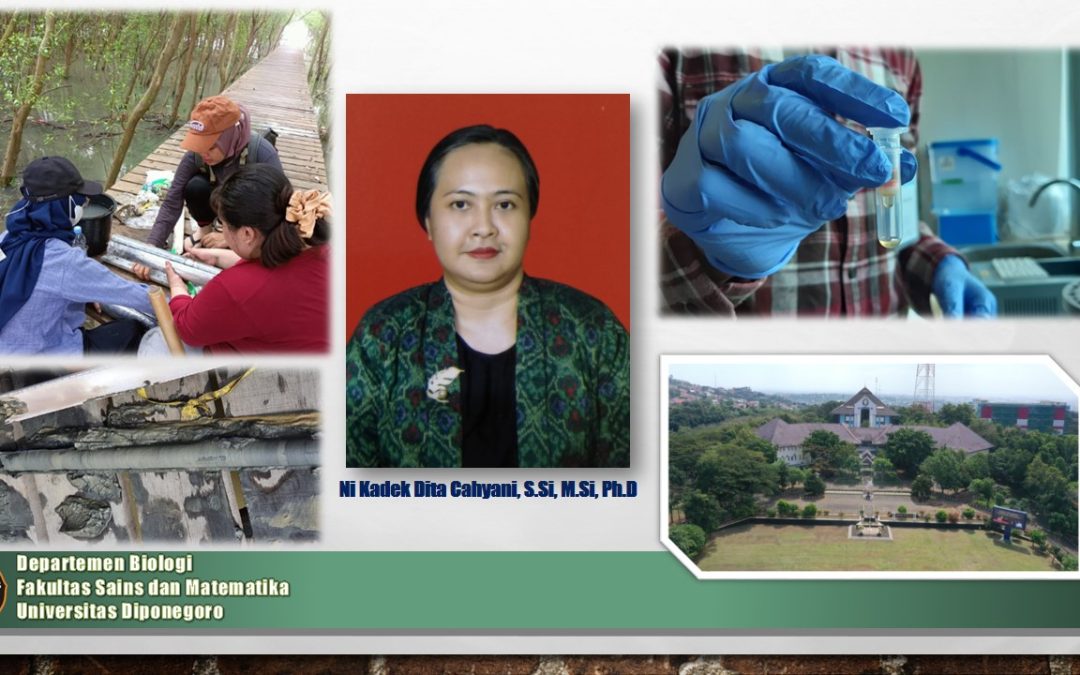bio.fsm.undip.ac.id. Ni Kadek Dita Cahyani, a lecturer and researcher at the Department of Biology, Faculty of Science and Mathematics, Universitas Diponegoro, has captured the attention of the scientific community with her innovative research focused on the use of environmental DNA (eDNA) to identify organisms in the mangrove ecosystem. Her research, titled “Application of Environmental DNA for the Identification of Organisms in the Mangrove Ecosystem of Bedono Village, Demak, Central Java,” is making waves in the field of biology.
The primary objective of Dr. Dita’s research is to survey organisms in the mangrove sediment environment using a molecular approach, particularly DNA Metabarcoding. The results of her study are expected to provide a complementary method for the morphological identification of organisms, contributing to environmental health monitoring.
The application of eDNA, or Environmental DNA, by Dr. Dita has successfully identified various eukaryotic organisms, including protists, in mangrove sediment. This demonstrates that eDNA metabarcoding is a fast and effective method for environmental assessment using a molecular approach.
This research not only contributes significantly to the academic development of the field of biology but also opens up public awareness regarding the importance of the eDNA approach in biological research. This method not only facilitates the identification of organisms but also makes a tangible contribution to monitoring the health of the mangrove ecosystem, with significant implications for environmental sustainability.
Furthermore, Dr. Dita’s research serves as an inspiration for undergraduate biology students, such as Enita Setiawati Zega and Rizqi Widya Nur Kholifah, who have chosen eDNA-related topics for their research. With student interest and participation in this research, it is hoped that more innovative studies will emerge in the future.
Dr. Ni Kadek Dita Cahyani, S.Si, M.Si, Ph.D., continues to demonstrate her consistency in exploring the potential of environmental DNA, proving that this approach is not just a passing trend but a revolutionary step in biological research.


